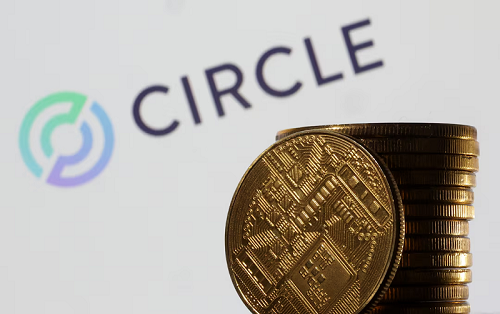Unity Software (U): Betting on a Turnaround in Real-Time 3D
Unity Software (U), the creator of the world’s leading real-time 3D development platform, faces a pivotal moment in its evolution. While the company has grappled with profitability challenges, its recent strategic shifts—driven by product innovation, operational discipline, and partnerships—paint a compelling bull case. Let’s dissect the opportunities and risks ahead.

Financial Crossroads: Revenue Growth vs. Profitability Struggles
Unity’s Q1 2025 revenue guidance of $405 million–$415 million reflects a -9.5% year-over-year decline, underscoring the headwinds of a saturated gaming market and shifting monetization models. However, the company is making progress on its cost-cutting agenda: free cash flow jumped 74% year-over-year to $106 million in Q4 2024, and net losses narrowed to $123 million. While analysts project a GAAP EPS loss of -$0.37 for Q1, this represents improvement from prior quarters.
The bull case hinges on two trends:
1. Subscription revenue growth: The shift away from controversial runtime fees has stabilized developer relations, driving a 15% year-over-year rise in Create Solutions (core tools) subscriptions.
2. Margin stabilization: Q4’s 23% adjusted EBITDA margin—down from 30% in 2023 but up from 18% in 2022—suggests operational improvements.
Competitive Edge: Unity 6 and the AI/Extended Reality (XR) Opportunity
Unity’s Unity 6 platform, launched in late 2024, is its crown jewel. This update delivers AI-driven workflows (e.g., unity Muse for game design) and cross-platform compatibility, enabling developers to build for smartphones, consoles, AR/VR, and beyond. With 50% of mobile games built on Unity, its ecosystem dominance is unmatched—though rivals like Epic’s Unreal Engine threaten high-budget projects.
Crucially, Unity is expanding beyond gaming:
- Auto industry adoption: Carmakers use Unity for 3D vehicle visualization.
- XR partnerships: Collaborations with Google (XR development kits) and Nintendo Switch 2 (exclusive support) position Unity as a leader in emerging hardware markets.
- AI tools: Unity Sentis and Muse reduce content-creation costs by up to 40%, attracting enterprise clients.
Catalysts for Growth in 2025
- Q1 Earnings (May 7): A key test of revenue resilience and margin progress. Analysts will scrutinize whether the $415 million revenue high end is achievable and whether losses narrow further.
- Unity 6 Adoption Rates: Widespread developer uptake could accelerate subscription growth and reduce reliance on volatile monetization tools.
- Strategic Partnerships: Success in integrating with Apple’s VisionOS and Microsoft’s cloud platforms could unlock new revenue streams.
Bull Case Risks
- Monetization hurdles: The Grow Solutions segment (ads and analytics tools) saw a 5% revenue drop in Q4, highlighting execution risks.
- Profitability timeline: Despite cost cuts, Unity’s -36.6% net margin and $2.5 billion market cap require sustained growth to justify valuation.
- Competitor pressure: Unreal Engine’s free-tier offering and tech giants like Google and Amazon encroaching on developer tools.
Conclusion: A High-Risk, High-Reward Bet
Unity Software’s bull case rests on its ability to leverage Unity 6’s AI-powered tools, capitalize on XR/gaming trends, and stabilize margins. With a $20.17 share price (as of April 2025) and analyst price targets ranging up to $35, the stock offers 70% upside potential if it executes.
Key data points to watch:
- Revenue growth: Can Unity sustain its 26% pre-pandemic CAGR while improving margins?
- Subscription penetration: A 30%+ attach rate for premium subscriptions would signal a successful monetization pivot.
- Free cash flow: A consistent $400+ million annual run rate would ease liquidity concerns.
While risks abound—from execution to profitability—Unity’s $3 billion addressable market in XR and 1 million active developers provide a solid foundation. For investors willing to bet on a turnaround, Unity’s blend of innovation and strategic pivots makes it a stock to watch closely in 2025.










